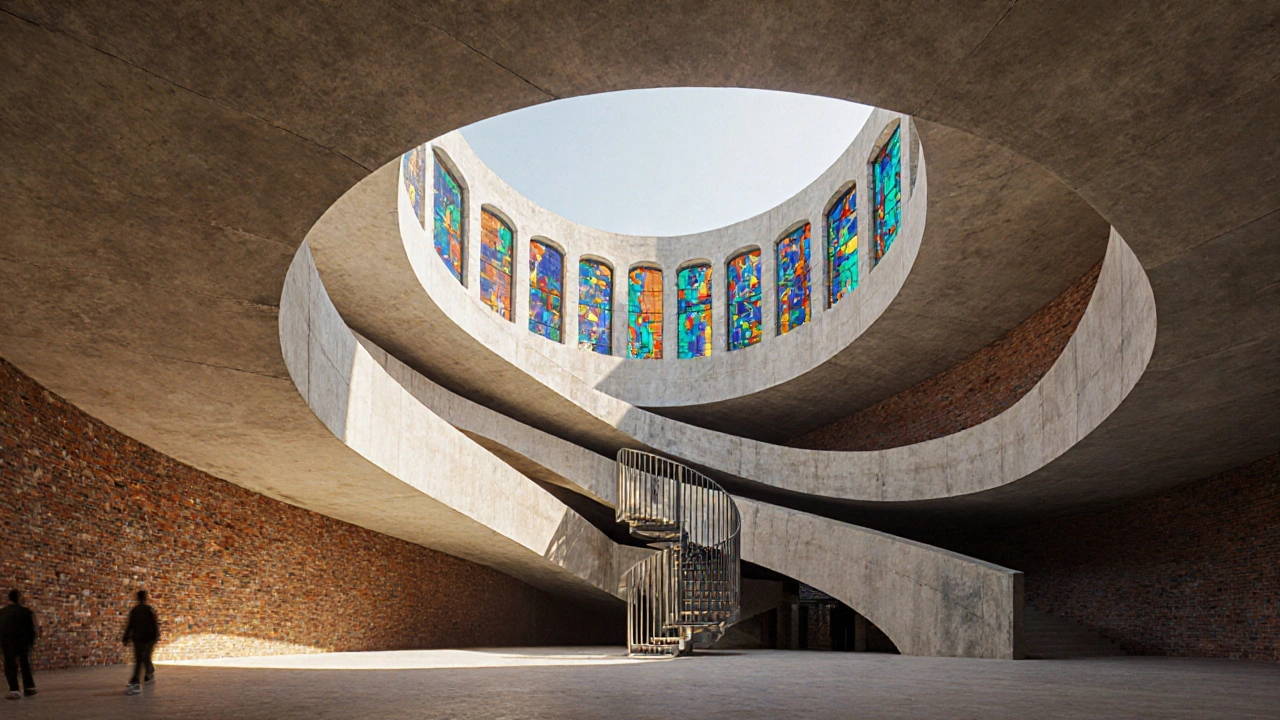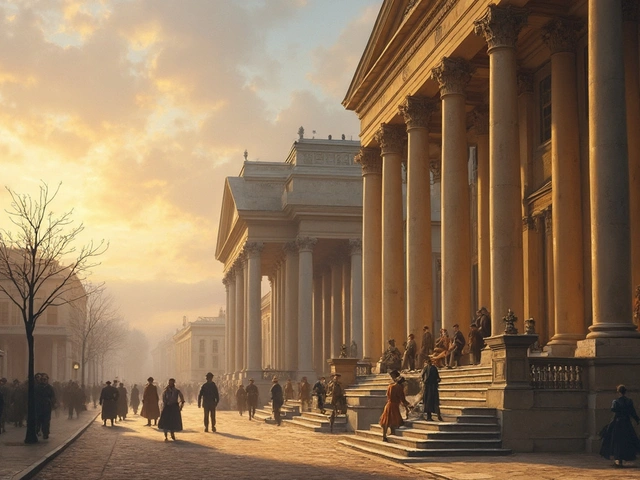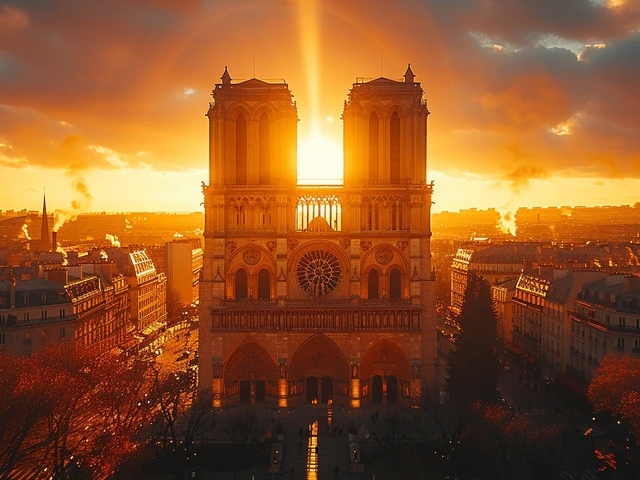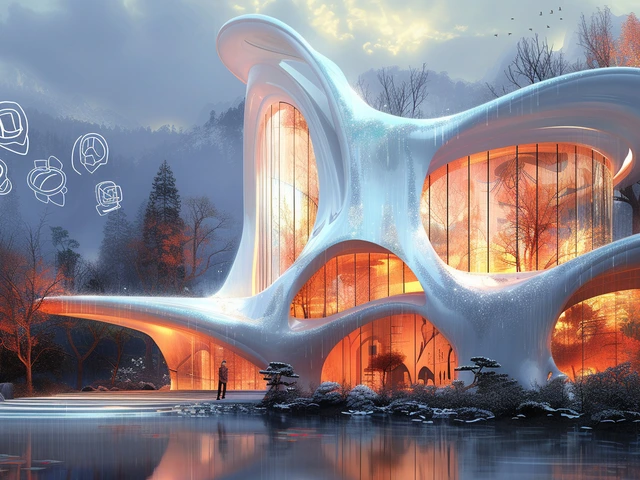When you walk into a building that seems to pulse with feeling, you are experiencing expressionist architecture - a style that puts emotion front‑and‑center. Unlike more restrained movements, expressionism deliberately bends form, light, and material to stir a visceral response. Below we’ll unpack why this style connects so deeply, explore its historical roots, and give you practical ways to harness its power in today’s projects.
What Makes Expressionist Architecture Different?
Expressionist Architecture is a 20th‑century architectural movement that prioritises emotional impact over strict functionalism, using dramatic shapes, dynamic lines, and expressive materials to create an immersive atmosphere. Imagine a cathedral of steel and glass that seems to reach for the sky, or a concrete façade that feels like a wave frozen in stone - those are the hallmarks. The style rejects the box‑like rationalism of the International Style, favoring instead the language of art, poetry, and even myth.
Origins: From Art to Architecture
The seeds were sown in the early 1900s as artists like Wassily Kandinsky and Ernst Ludwig Kirchner explored how color and form could convey inner states. Architects borrowed this visual vocabulary, seeking to translate emotional intensity into three‑dimensional space. The turmoil of post‑World War I Europe-political upheaval, rapid industrialisation, and a yearning for new identities-provided fertile ground for such bold experiments.
Key figures emerged:
- Erich Mendelsohn German architect known for fluid, aerodynamic forms that suggest motion
- Fritz Höger Designer of the striking Brick Expressionist churches in northern Germany
- Bruno Taut Visionary who used colour and glass to create uplifting, almost mystical interiors
Core Principles That Trigger Emotion
Three design levers consistently appear in the most moving expressionist works:
- Dynamic Geometry - Sharp angles, soaring arches, and organic curves break the visual monotony, forcing the eye to move.
- Material honesty - Brick, concrete, glass, and steel are left exposed, their textures becoming part of the narrative.
- Light as a sculptural element - Stained glass, skylights, and reflected surfaces create shifting moods throughout the day.
When these three are combined, the building reads like a living poem rather than a static box.
Iconic Buildings and Their Emotional Impact
Studying the masters helps us see how the principles play out in real life.
- Einstein Tower Erich Mendelsohn’s 1921 research lab in Potsdam, Germany; a twisting concrete form that evokes a vortex of scientific wonder
- Chilehaus Heinz Hoffmann’s 1924 office building in Hamburg, Germany; its sharp, ship‑like silhouette conjures movement and ambition
- Amsterdam School A Dutch subset characterised by brick façades, ornate details, and dramatic rooflines that feel almost theatrical
Each of these structures feels purposeful, like a story whispering through its walls. Visitors often report a sense of awe, curiosity, or even melancholy-exactly the emotional spectrum expressionist architecture aims to hit.

Materials and Forms: How They Speak to Us
Brick, for example, isn’t just a building block; in the hands of Fritz Höger it becomes a rhythmic canvas. The rough surface invokes history and permanence, while the patterned arrangement creates a visual heartbeat. Concrete, when left raw, can appear brutal yet surprisingly warm if softened with flowing forms, as seen in Mendelsohn’s towers.
Glass adds a layer of transparency that lets natural light paint interiors with ever‑changing colours. Bruno Taut’s glass houses in Hellerau used coloured panes to turn daylight into a living mural, turning the interior into an emotional kaleidoscope.
Applying Expressionist Techniques in Contemporary Design
Even if you’re not building a 1920s landmark, the emotional toolkit is still usable. Here’s a quick workflow:
- Start with a feeling. Write a one‑sentence mood statement - e.g., “The lobby should feel like a sunrise over water.”
- Choose a dominant form. Sketch a shape (wave, spike, dome) that physically embodies that mood.
- Select a material palette. Pair texture (exposed brick) with finish (polished steel) to amplify the emotion.
- Design light pathways. Map where daylight enters, where artificial light will accentuate key volumes.
- Iterate with human testing. Use VR walkthroughs to gauge whether users actually feel the intended emotion.
This process translates the high‑concept language of expressionism into everyday practice, keeping the emotional goal front‑and‑center.
Common Pitfalls and How to Avoid Them
Expressionist design can slip into gimmickry if you focus solely on flashiness. Watch out for:
- Over‑complex geometry. If the shape confuses more than it inspires, trim back.
- Neglecting function. A building still needs to serve its users; blend emotional form with clear circulation.
- Ignoring context. A jagged façade might dominate a historic streetscape in the wrong way. Use local materials to soften the contrast.
Balancing drama with practicality keeps the experience authentic rather than forced.
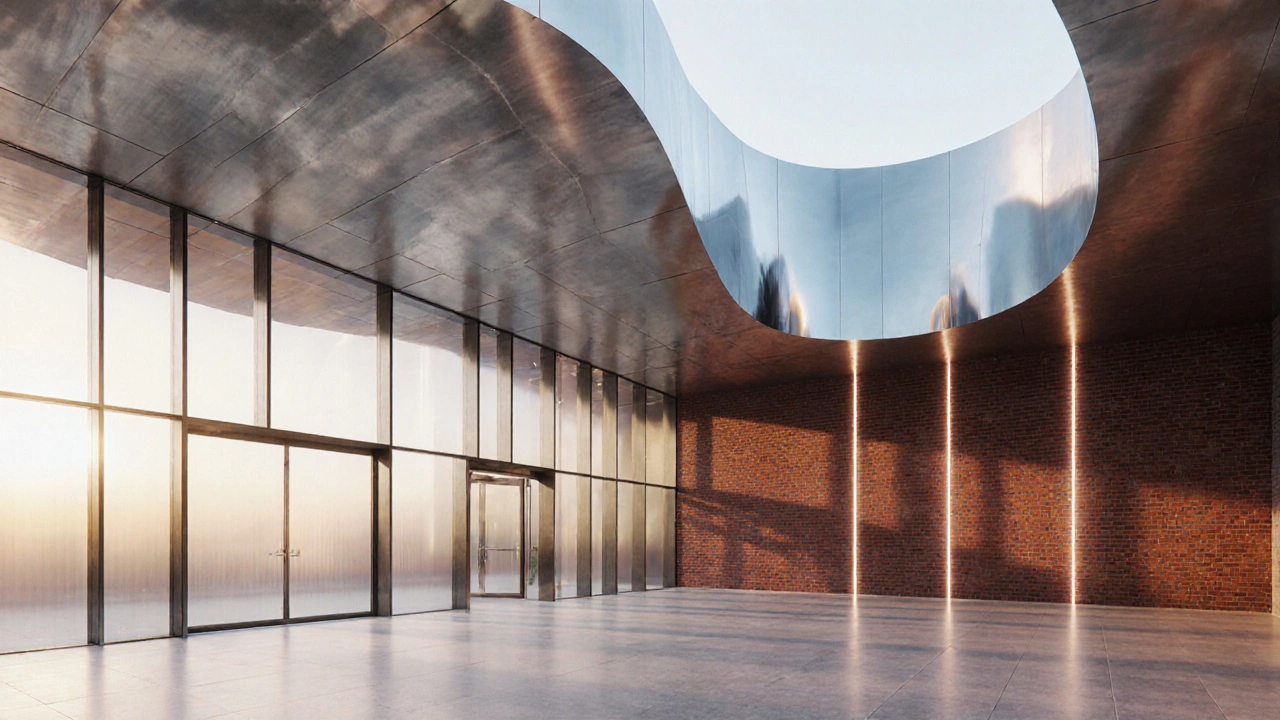
Quick Checklist for an Emotionally Resonant Design
- Define a clear emotional goal.
- Select one dominant geometric motif.
- Choose materials that have tactile and visual richness.
- Plan light to shift throughout the day.
- Test the design with real users early.
- Ensure the building still meets functional requirements.
Expressionist Architecture vs. International Style
| Aspect | Expressionist Architecture | International Style |
|---|---|---|
| Design Goal | Evoke emotion, convey narrative | Functionality, universality |
| Form | Dynamic, sculptural, often irregular | Rectilinear, minimal ornamentation |
| Materials | Exposed brick, concrete, glass, steel used expressively | Glass curtain walls, steel frames, smooth finishes |
| Use of Light | Strategic, theatrical, colour‑filtered | Even, uniform daylight distribution |
| Emotional Impact | Provokes awe, curiosity, sometimes melancholy | Creates calm, rational atmosphere |
Understanding these contrasts helps you decide when to lean into expressionist drama and when a cleaner International approach serves the program better.
Future Outlook: Why Expressionism Still Matters
In an era of glass boxes and algorithm‑driven design, people crave spaces that speak to the heart. Climate‑responsive façades, 3‑D‑printed concrete forms, and immersive digital lighting give today’s architects new tools to revive expressionist ideals without sacrificing sustainability.
When a building invites you to feel-whether through a soaring curve that lifts your spirit or a warm brick wall that grounds you-you know it’s succeeding where many modern structures fall short: it connects.
Frequently Asked Questions
What defines expressionist architecture?
It is a 20th‑century style that uses dramatic forms, expressive materials, and purposeful lighting to create emotional experiences rather than purely functional spaces.
Who are the most influential expressionist architects?
Key figures include Erich Mendelsohn, Fritz Höger, Bruno Taut, and Hans Poelzig. Their works-like the Einstein Tower, Chilehaus, and the Glass Pavilion-showcase the style’s emotional power.
Can expressionist ideas be applied to sustainable design?
Absolutely. By exposing material honesty, using locally sourced brick, and shaping forms for passive solar gain, architects can merge emotional impact with eco‑friendly performance.
How does lighting influence the emotional tone?
Light shapes perception. Stained glass can create a reverent glow, while skylights can cast dynamic shadows that shift mood throughout the day, turning the building into a living organism.
Is expressionist architecture suitable for residential projects?
Yes, when scaled appropriately. A single‑storey home with a sweeping roofline, textured brick, and thoughtfully placed windows can evoke the same emotional resonance as larger public works.

